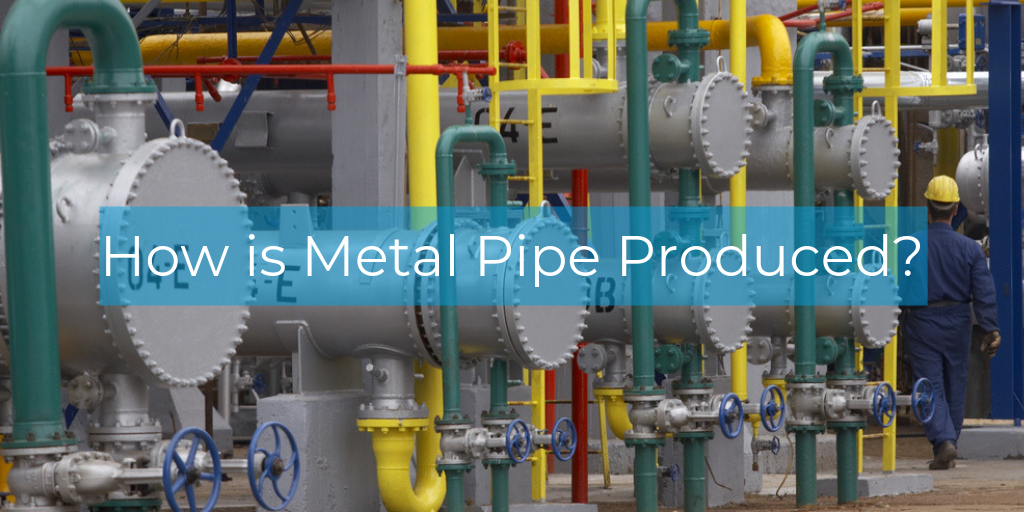
Metal pipes have been around all our lives. In fact, the first steel metal pipe is believed to have been developed in London in 1815 by William Murdock to provide fuel for his ingenious coal-burning lamp system. This inventor fused the barrels of discarded muskets to create pipe-like conduits to carry coal gas throughout nearby areas of the city to keep the lights burning.
After witnessing the success and practicality of this innovation, inventors began to look for practical ways to create metal pipe through which all sorts of gases and liquids could be transported efficiently.
Subsequently, welded and seamless steel piping developed. Seamless pipes are lighter weight with thinner walls than welded pipes, and are ideal for the transport of liquids. Welded tubes tend to be heavier and typically used for plumbing and heavy-duty applications.
Producing the Steel
Obviously, there aren’t enough musket barrels around today to accommodate the world’s enormous demand for high-quality pipe systems. Various types, sizes, and configurations of steel piping are essential elements of construction, petrochemical, cryogenic, refining, marine, solar, manufacturing, medical care, and to some degree, just about every other industry.
Here are the necessary steps to creating a seamless steel pipe:
First, steel is an alloy produced by combining iron and coke, a coal by-product, in a furnace. Other elements may be added to the process to add various attributes in the final product.
The mixture is blasted with oxygen and poured into molds to become ingots.
The ingots are then formed into bars, flat sheets, or rods to be used for various purposes. These repeatedly pass through robust presses to create “blooms” by making the steel sheets longer and flatter.
Five blooms are rolled through additional presses to become longer and narrower “billets,” which are the primary inputs for seamless piping.
Producing Seamless Steel Pipes
At the pipe manufacturer, the billets are first formed into cylinders called “rounds.” These are super-heated and rolled under pressure until a hole forms in the center. A “bullet-shaped” piercing point is passed through the center to create a more exact circular hole.
The piping is shaped further on both the outside and inside. Final processing involves straightening and attaching segments to create the whole pipe.
Once joined, the metal pipes are sprayed with protective oil, galvanized, or coated with zinc to prevent rusting.
Contact APP for More Information
One of APP’s core objectives is to simplify the complexities of piping and piping support systems to help supply chain and purchasing managers better understand the products they may be responsible for procuring.
If you have any questions regarding metal pipe systems, hangers, and supports, contact the professionals at APP Manufacturing to discuss at 1-888-488-9872 or 1-713-956-2922.




